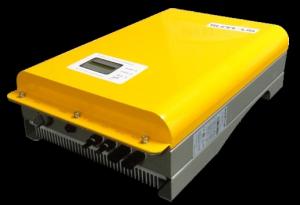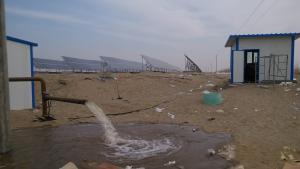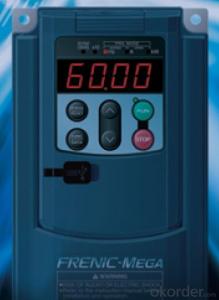Freesun Solar Inverter
Freesun Solar Inverter Related Searches
Easun Solar Inverter Flyline Solar Inverter Easun Power Solar Inverter Bluesun Solar Inverter Refusol Solar Inverter Sunrun Solar Inverter Frontier Solar Inverter Sunshine Solar Inverter Microtek Solar Inverter Solar Solar Inverter Phoenix Solar Inverter Sun Solar Inverter Emerson Solar Inverter Inverter Solar Flin Energy Solar Inverter Cyberpower Solar Inverter Solar Energy Inverter Smart Solar Inverter Micro Solar Inverter Power Solar Inverter Prostar Solar Inverter Powerland Solar Inverter Cheap Solar Inverter Focus Solar Inverter Felicity Solar Inverter Easy Solar Inverter Solar Home Inverter Solar Smart Inverter Hybrid Solar Inverter Fronius Solar InverterFreesun Solar Inverter Supplier & Manufacturer from China
Freesun Solar Inverter is a range of high-quality solar power conversion devices designed to optimize the performance of solar energy systems. These inverters are engineered to convert the direct current (DC) generated by solar panels into alternating current (AC), which can be used by various electrical appliances and devices. The Freesun Solar Inverter is widely recognized for its efficiency, reliability, and durability, making it a popular choice among homeowners and businesses looking to harness the power of the sun.The Freesun Solar Inverter is applicable in a variety of scenarios, including residential, commercial, and industrial settings. It is commonly used in off-grid systems, where it provides a reliable power source for homes and businesses in remote locations without access to the main power grid. In addition, it is also utilized in grid-tied systems, where it helps to reduce electricity bills by feeding excess solar power back into the grid. Furthermore, the Freesun Solar Inverter is suitable for use in hybrid systems, which combine solar power with other energy sources such as wind or batteries, offering a versatile and sustainable energy solution.
Okorder.com is a leading wholesale supplier of the Freesun Solar Inverter, boasting a vast inventory that caters to the needs of various customers. With a strong commitment to quality and customer satisfaction, Okorder.com ensures that each Freesun Solar Inverter is thoroughly tested and inspected before being shipped to clients worldwide. This extensive inventory allows Okorder.com to provide prompt delivery and competitive pricing, making it a trusted source for those seeking to invest in reliable and efficient solar power conversion solutions.
Hot Products












































